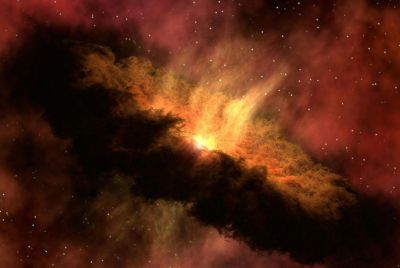China to Launch Module For Future Space Station
China will take its first step to having its own space station tomorrow, as it prepares to launch the Tiangong-1, or "Heavenly Palace" space laboratory.
The unmanned, 8.5 tonne module plans to test technology that China will use in its space station, which is scheduled for completion in 2020.
It will also be used as a docking system for the unmanned Shenzhou 8 space craft which is expected to launch by the end of this year and will be the first Chinese docking in space.
The module's launch - which has a two-year lifespan in space - arrives just before China's National Day celebrations on October 1.
If this succeeds, the module will then dock with two other spacecraft - Shenzhou IX and X - i2012, both of which will have at least one astronaut on board.
The mission has been delayed by a few weeks because of "over 170 technical modifications" that had to be made at the launch site in the Gobi desert, according to the director of the site
China became only the third country to send an astronaut on a spacewalk in 2008 and is planning an unmanned moon landing for next year. It is hoped to have a man on the moon by 2020, five decades after the US managed the feat.
© Copyright IBTimes 2025. All rights reserved.



















